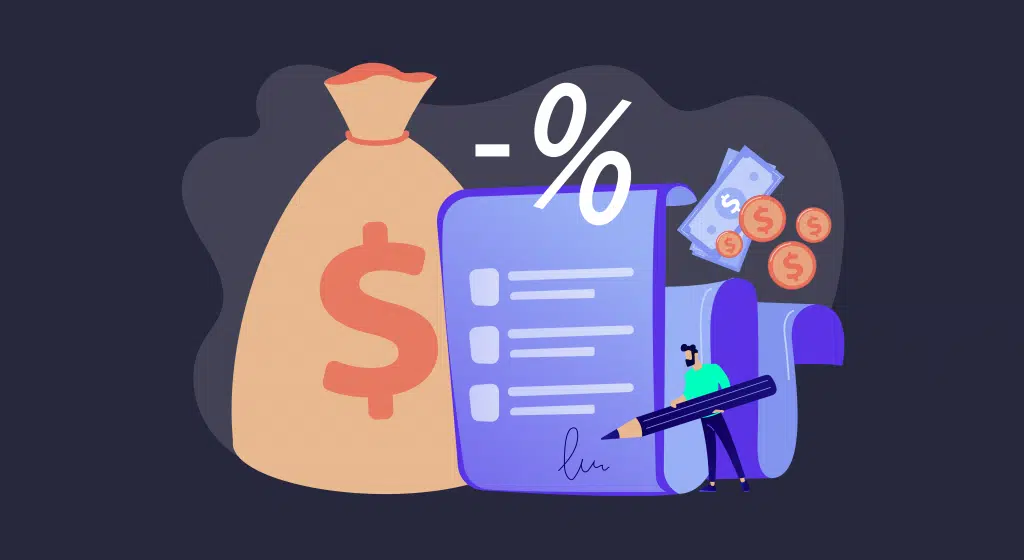Article originally published on ValueWalk
China’s central banking system officially launched large-scale testing of what could be the world’s first digital sovereign currency. The People’s Bank of China, the nation’s central bank, is working with main banks in major cities, with a focus on digitizing the renminbi. During this trial, users register their mobile phone numbers for access to digital wallets. Through that access, they can use digital currency, issued by the central bank, to withdraw and transfer money, and to pay bills.
If this test is successful, it means that China could be one of the first countries to develop and maintain central banking digital currency, or CBDC. But China’s move toward CBDC doesn’t necessarily mean that other countries’ central banking systems will, or can, automatically follow. Moving an economy from bills and coins — whether physical or virtual — to 100% digitization isn’t something a country just does. Furthermore, there is the question of whether central banks can — or should — work directly with consumers and businesses, in direct competition with commercial and investment banks.
As such, the CBDC reality is a few years away.
Defining Digital Currency And Central Banks
Mention the words “digital currency” and the first thought that might come to mind is Bitcoin.
Certainly, Bitcoin, Ether, Litecoin, and other cryptocurrencies are digitized value exchanges, which can be used to buy goods and services. But cryptocurrencies and central banking digital currencies are two very different sides of the digital coin. While cryptocurrencies are privately developed and distributed, CBDCs are government-backed sovereign currency systems, complete with appropriate denominations. In other words, think digitized fiat currency, overseen by the central banks.
Much like cryptocurrencies, however, CBDCs are recorded on digital ledgers, which keep track of ownership and transactions by users with ledger accounts. But unlike cryptocurrencies, these ledgers would be overseen by central banks, which would also issue the currencies and process transactions.
Speaking of central banks, these institutions have big-picture monetary goals for the nations in which they operate. The above-mentioned People’s Bank of China, as well as the U.S. Federal Reserve, Bank of England, Deutsche Bundesbank, and others are responsible for national monetary policies. They also deal with the nation’s commercial and investment banks, as lenders of last resort. They aren’t in business to work with consumers or businesses.
Just because central banking systems don’t work on the commercial level, it doesn’t mean they haven’t. In writing for the National Bureau of Economic Research (NBER), economists Michael Bordo and Andrew Levin pointed out that central banks’ histories are filled with examples of interactions with consumers and businesses, and “often, these activities were considered more important for the central banks than the conduct of monetary policy, both in terms of daily operations and the priorities of top management.”
For example, the Bank of England conducted general business and consumer banking activities during the 17th and 18th centuries. And, in the United States, a highly successful post office savings bank system operated from 1911 through 1967, using the post office network to offer government-backed deposit accounts and other financial services. In many cases, postal banking performed central banking functions — such as funding two world wars — before the Federal Reserve stepped in to determine national monetary policy.
Digital Sovereign Currency Structure: The Theory…
Researchers and scholars have been pondering the idea of centralized digital currencies for a few years. The most recent study along these lines was released in June 2020 by the Federal Reserve of Philadelphia, and entitled “Central Banking Digital Currency: Central Banking for All?” Led by University of Pennsylvania economist, Jesús Fernández-Villaverde, the authors explored whether a central bank, such as the U.S. Federal Reserve, could successfully implement a 100% digital sovereign currency structure, which could realistically compete with commercial financial institutions without too much disruption.
The authors determined that, in theory, and absent any kind of financial panic, a digital conduit between central banks and consumers might be effective in optimizing fund allocations. Furthermore, a direct-to-consumer sovereign digital currency could help streamline and potentially eliminate current time-consuming and costly payment systems.
Bardon and Levin also suggest that central banking systems could offer digital currencies to the general public through specially designated accounts, opened in partnership with commercial banks. The banks could keep corresponding amounts of commercial funds in segregated reserve accounts at the central banks. Furthermore, setting up a CBDC infrastructure would be a straightforward process. Thanks to the internet, brick-and-mortar branches wouldn’t be necessary.
So, in theory, a CBDC is workable.
Now, The Reality…
China is pushing ahead to set up the first bona fide, workable CBDC. Meanwhile, other central banking systems, including the Bank of England, Bank of Japan and the Swiss National Bank, are working with the Bank for International Settlements (BIS) on additional CBDC research.
But the BIS cautions that jumping on the CBDC bandwagon right now will mean bumps in the road, mostly in the forms of security, convenience and accessibility. The current coins-and-bills banking system has sophisticated infrastructures in place to handle peak demands for money, and can support potential bank runs. Then, there are the questions about privacy and potential data breaches. Take for example, a situation in which the Federal Reserve issues $1 million to an individual’s stablecoin address. That individual then spends $100 from the same address at an online retailer.
Right now, with the way most blockchain technology functions, that retailer can look at that stablecoin address and see without question that there is nearly $1 million in the account. Cryptocurrency proves that while blockchain technology is great for anonymity, it is far from private. We must find a way to bring the same level of privacy to CBDCs as we currently experience with traditional banking, so that it is both private and public in all of the right ways. Until then, CBDC will likely remain more of a futuristic vision than become a reality.
And, from a larger-picture perspective, Fernández-Villaverde and his colleagues caution that the move to CBDCs could give central banking systems monopoly power, siphoning business away from commercial banks. Commercial and investment banks are set up to support maturity transformation — in other words, using consumer and business deposits for longer-term loans, such as mortgages. Central banks don’t have the capacity to do this; such a lack could be dangerous to economic policies.
Keeping It Cash … For Now
Though the Chinese central bank is experimenting with sovereign-backed digital currency and centralized ledgers, the CBDC concept isn’t close to implementation. Even China is phasing in CBDC very slowly. Coins and bills will be with us for a while longer, at least until security, accessibility and privacy issues — not to mention potential monopolization scenarios — can be worked out.
Still, the increasing use of cryptocurrency continues to prove that digital mediums of exchange are workable. As the People’s Bank of China continues working with sovereign-backed digital exchanges, other central banks will likely examine their own regulatory, legal and technical risks to determine the feasibility of CBDCs.








